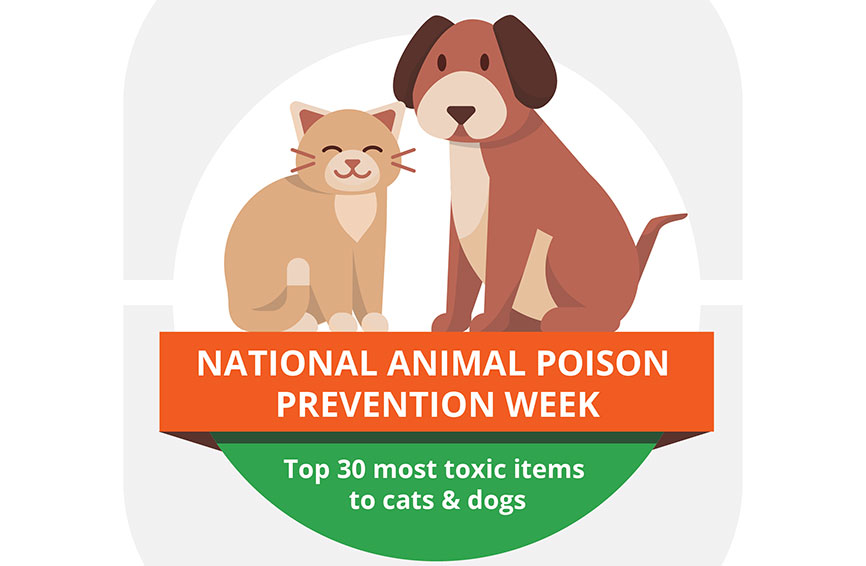Table of Contents
Urinary tract infections (UTIs) are fairly common in dogs and can develop anytime throughout their lives. They are mostly found in middle-aged to older, spayed females but can be seen at any age. They occur less frequently in male dogs due to their longer urinary tracts.
Causes of Dog UTIs
UTIs are caused by bacteria that enter the urethra and travel up to the urinary bladder where they multiply and colonize. The longer the urine stays within the bladder, the more time the bacteria have to attach to the bladder lining and cause inflammation. E. coli, Staphylococcus, and Proteus are the most common culprits, and they tend to be part of the natural skin or gastrointestinal flora.
Clinical Signs and Symptoms
The first sign of a potential urinary tract infection is frequent urination. This simply means that your dog is urinating much more each day than what is normal for him or her. Often, dogs who were previously house-trained start having accidents within the house. Signs of a dog UTI include:
- Frequent urination
- Bloody, cloudy, or foul-smelling urine
- Straining to urinate
- Lethargy
- Decreased appetite
Sometimes dogs with bladder infections can develop stones, which cause increased pain and inflammation. Bladder stones develop when minerals within the urine solidify.
Diagnosing UTIs in Dogs
Your veterinarian will ask many questions about the clinical signs you are seeing in your dog. A thorough physical exam will be done to assess your dog’s overall health. If they suspect a urinary tract infection, your veterinarian will collect a urine sample. Most commonly, a free catch sample is used, which means it is collected as your dog urinates normally.
Sometimes bacteria from the environment can contaminate this type of sample. The gold standard for urine collection is through cystocentesis, which is when your veterinarian inserts a small needle through the abdomen to collect urine directly from the bladder. There is less risk for environmental contamination using this technique, but either method will allow for diagnosis of a urinary tract infection if it is present.
If your dog is experiencing a lot of pain upon bladder palpation and the clinical signs are suggestive of possible bladder stones, your veterinarian may recommend performing an abdominal radiograph (x-ray) to assess the bladder.
The gold standard for diagnosis is a urine culture. A sample of urine is submitted to a diagnostic laboratory to characterize the type of bacteria that is causing the infection. Often, this is useful for chronic or non-resolving urinary tract infections.
Treatment for UTIs
Antibiotics are often used empirically to treat urinary tract infections. The antibiotic can be tailored according to urine culture results if necessary. A short course of pain medication is also commonly prescribed to treat the inflammation present within an infected bladder. Once the course of antibiotics is finished, a recheck urinalysis should be performed to ensure complete resolution of the infection.
Prevention
Urinary tract infections are a very common occurrence in dogs, and they are easily treated if diagnosed early. Ensure your dog has access to plenty of fresh water to stay hydrated, which will dilute the urine and reduce the likelihood that bacteria will colonize. Also allow plenty of opportunities throughout the day for potty breaks so your dog can fully empty his or her bladder and reduce the chance for infection.
The content is not intended to be a substitute for professional veterinarian advice, diagnosis, or treatment. Always seek the advice of your veterinarian or other qualified health provider with any questions you may have regarding a medical diagnosis, condition, or treatment options.
With the Healthy Paws pet insurance policy, depending on your deductible and reimbursement rate, you could see bills for UTI covered at up to 90%. This includes prescription antibiotics! Get started with a free quote today. And for more common ailments in dogs, check out our Cost of Pet Care report, and here’s to good puppy health!







